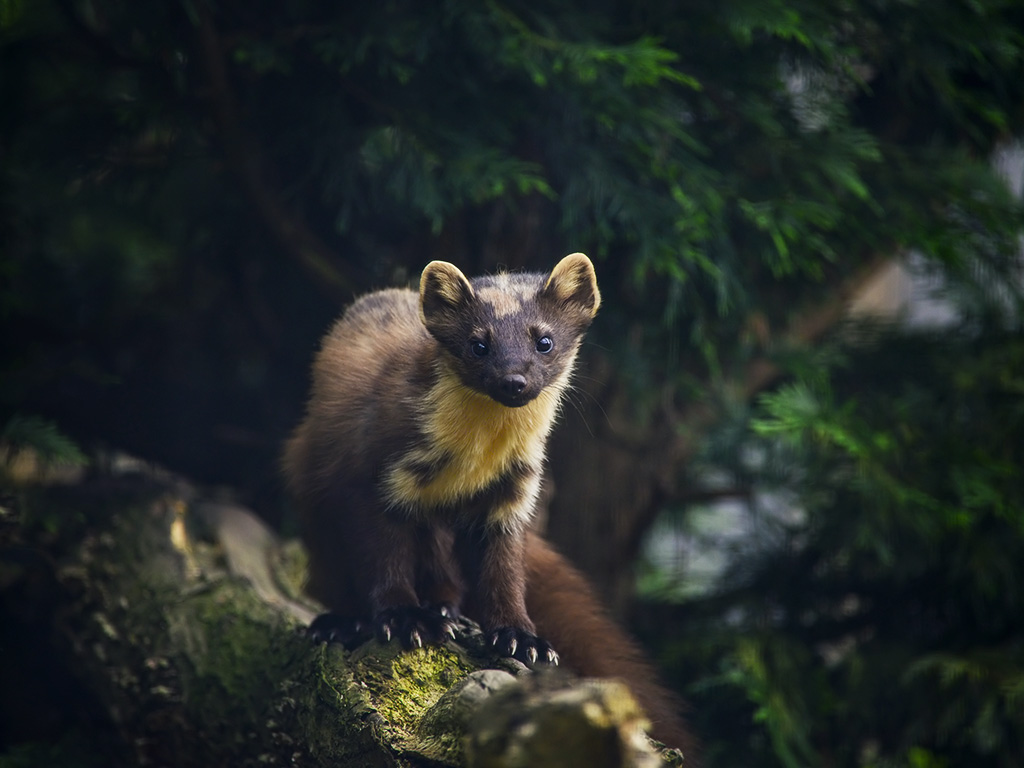
It can seem especially necessary, during bleak times, to count the victories. So when a pine marten was recently sighted in London for the first time in 100 years, the news felt small but momentous. A “richness of pine martens” is even the species’ collective noun.
For far too long Britain has been impoverished by the loss of this magical, foxy, cat-like creature who leaps between trees as easily as a sylph. In the Mesolithic era the species was among Britain’s most common carnivores but hunting and deforestation have decimated its range; by 1915 pine martens survived only in the UK’s more remote reaches. Today, however, they are tentatively expanding again in England and Wales.



